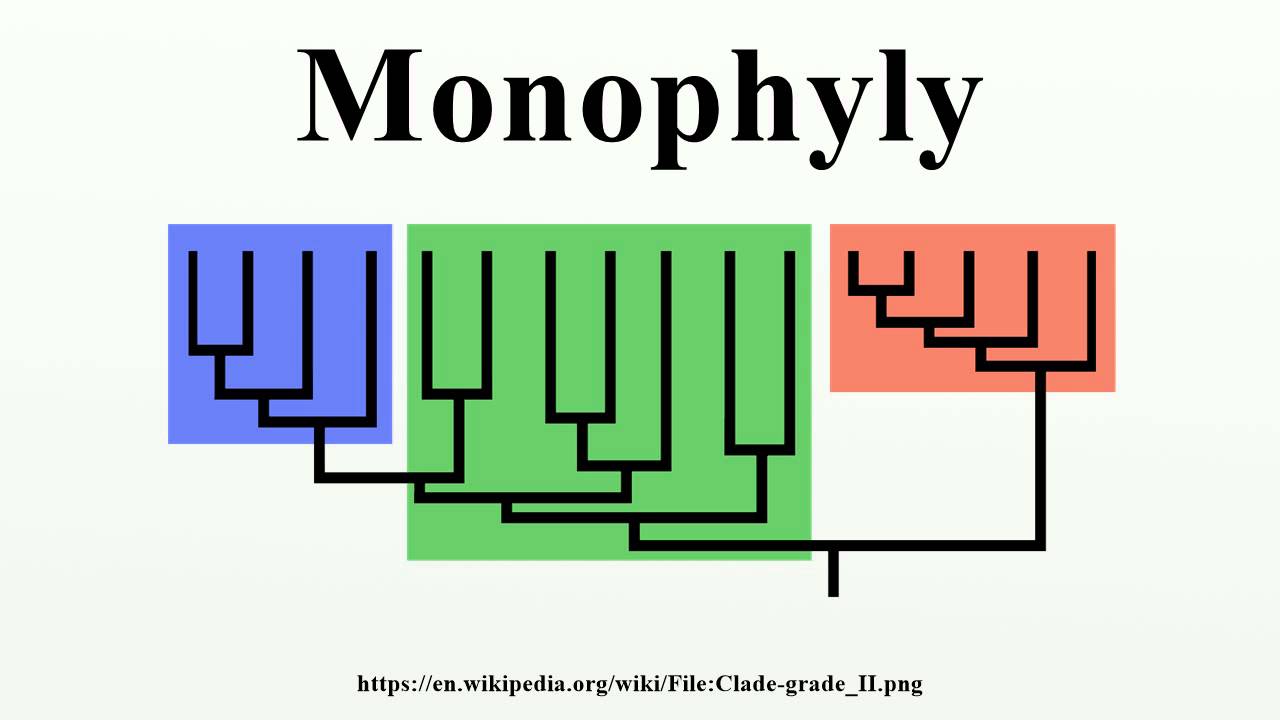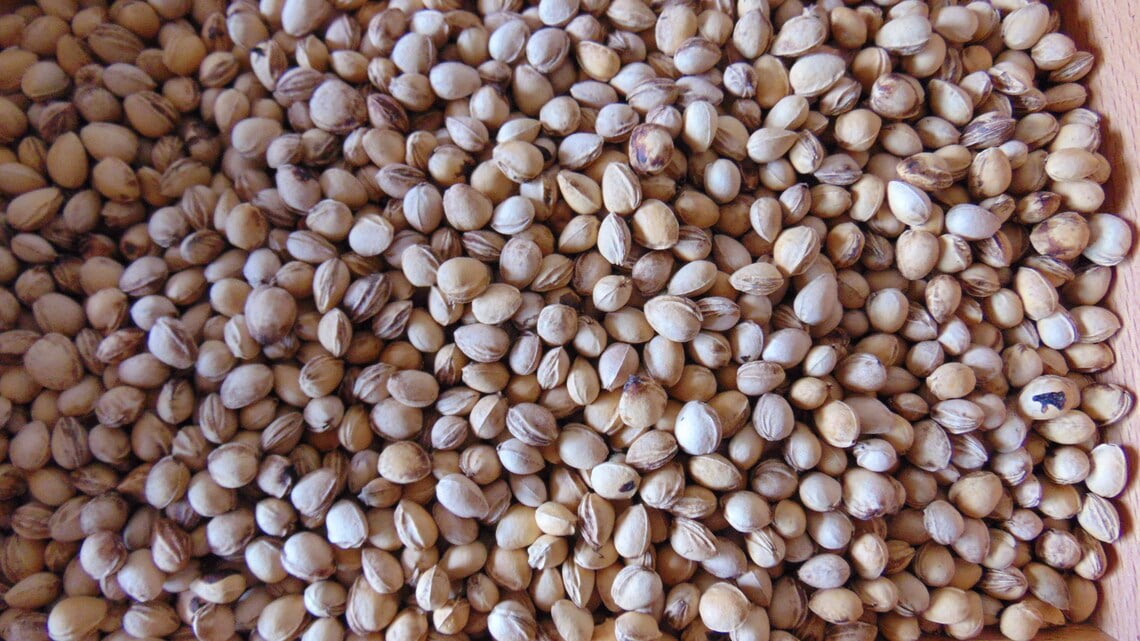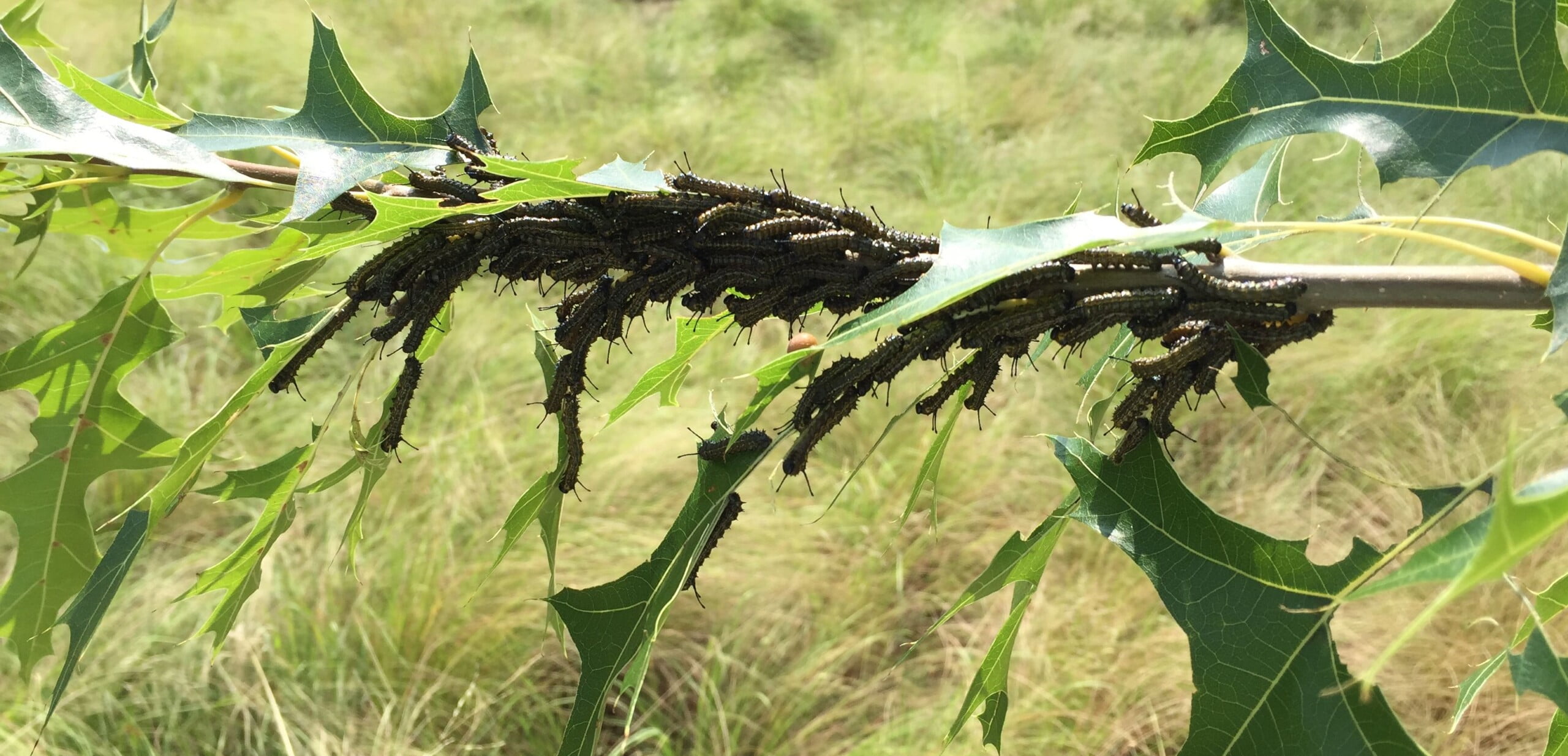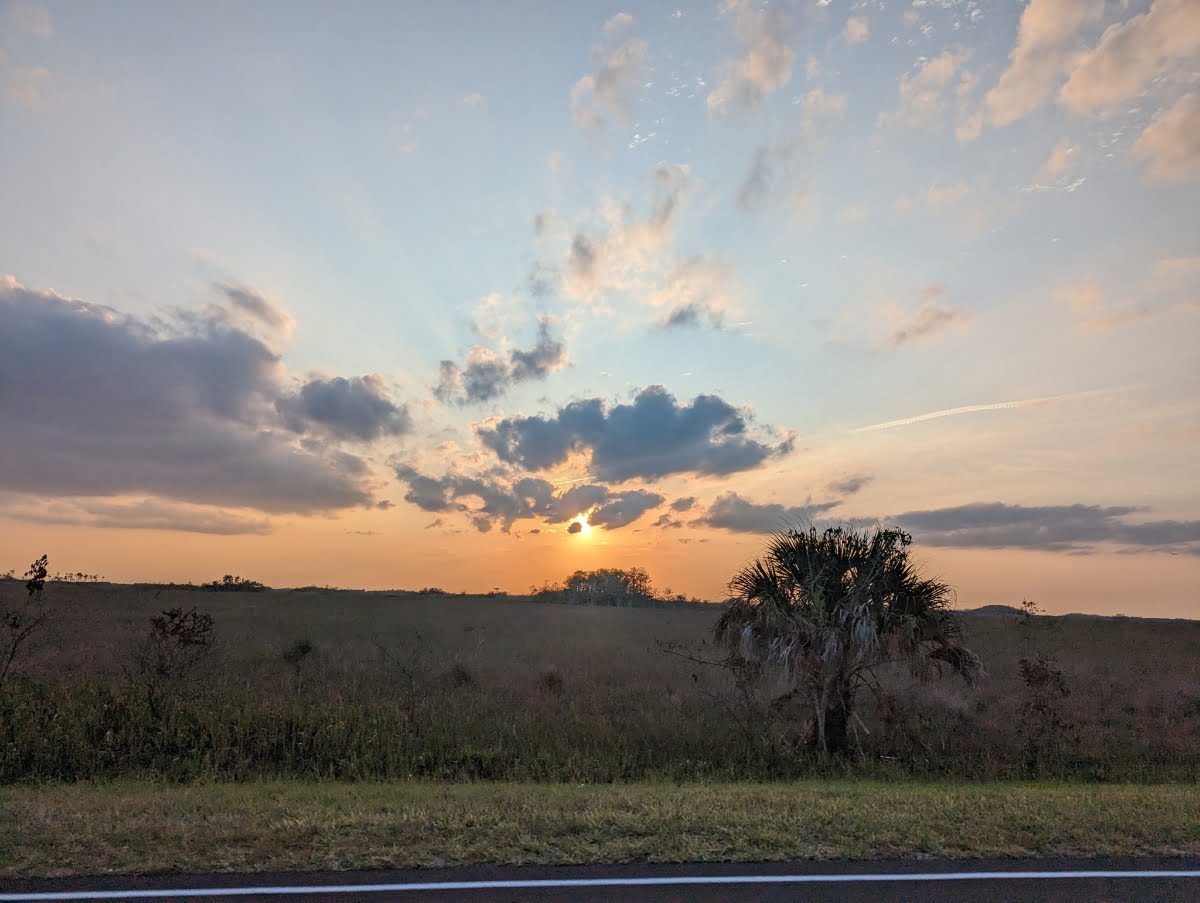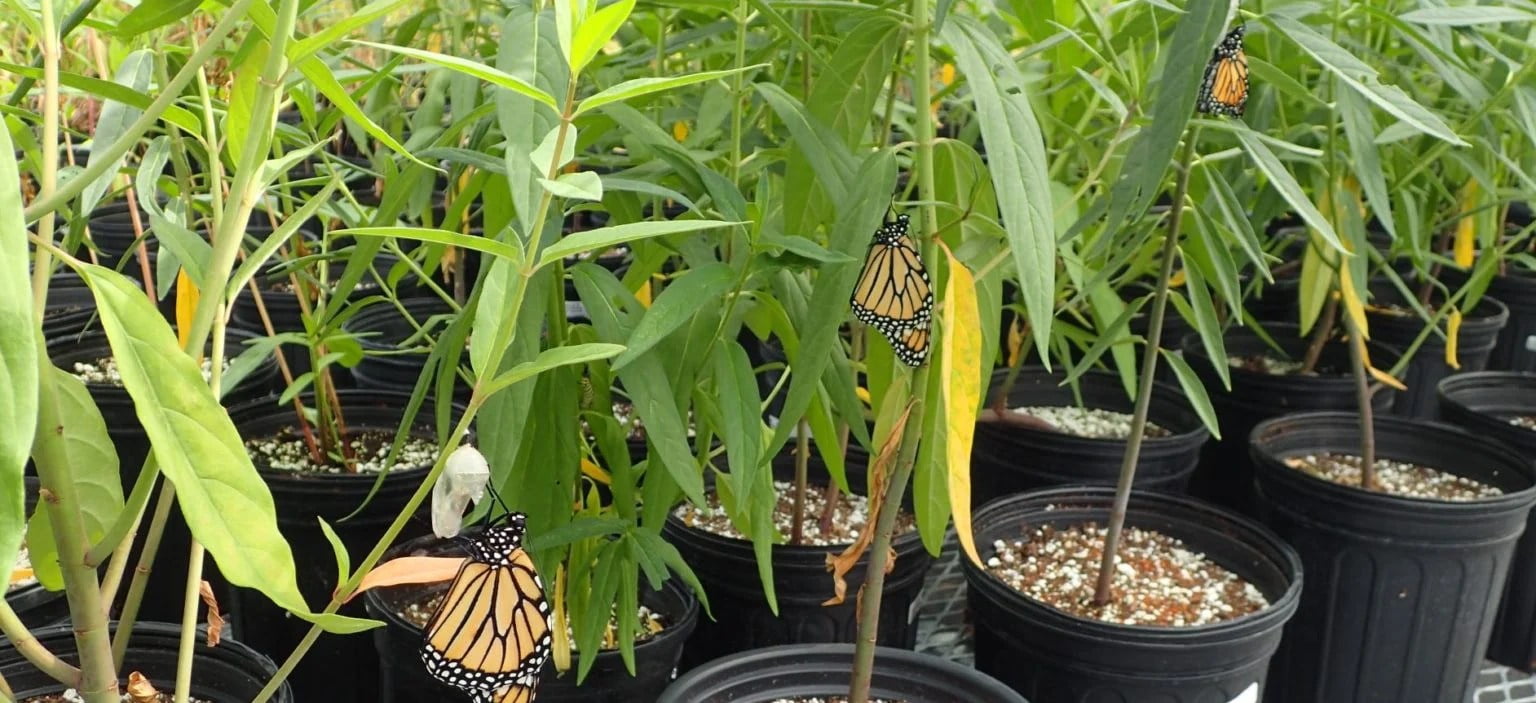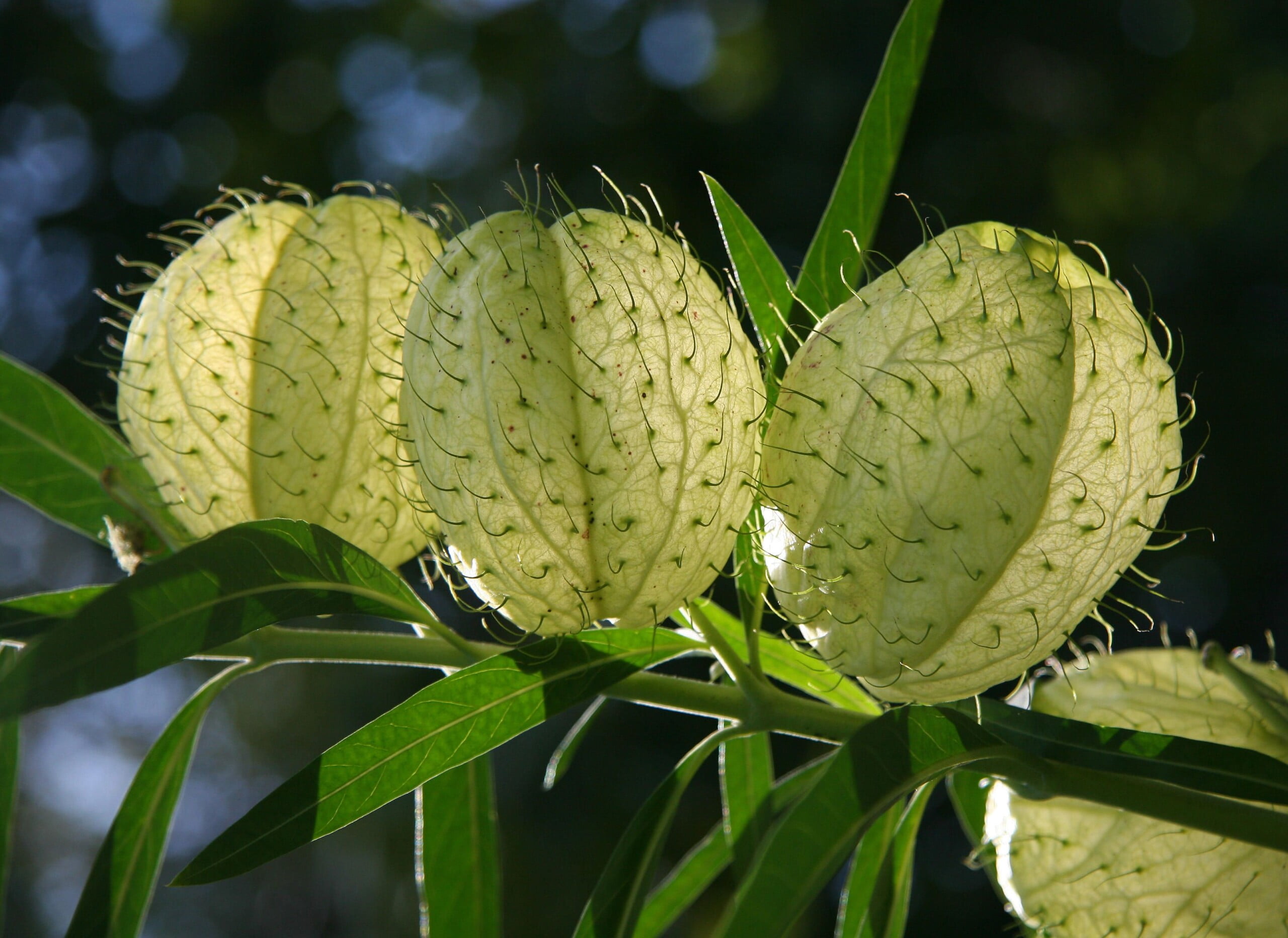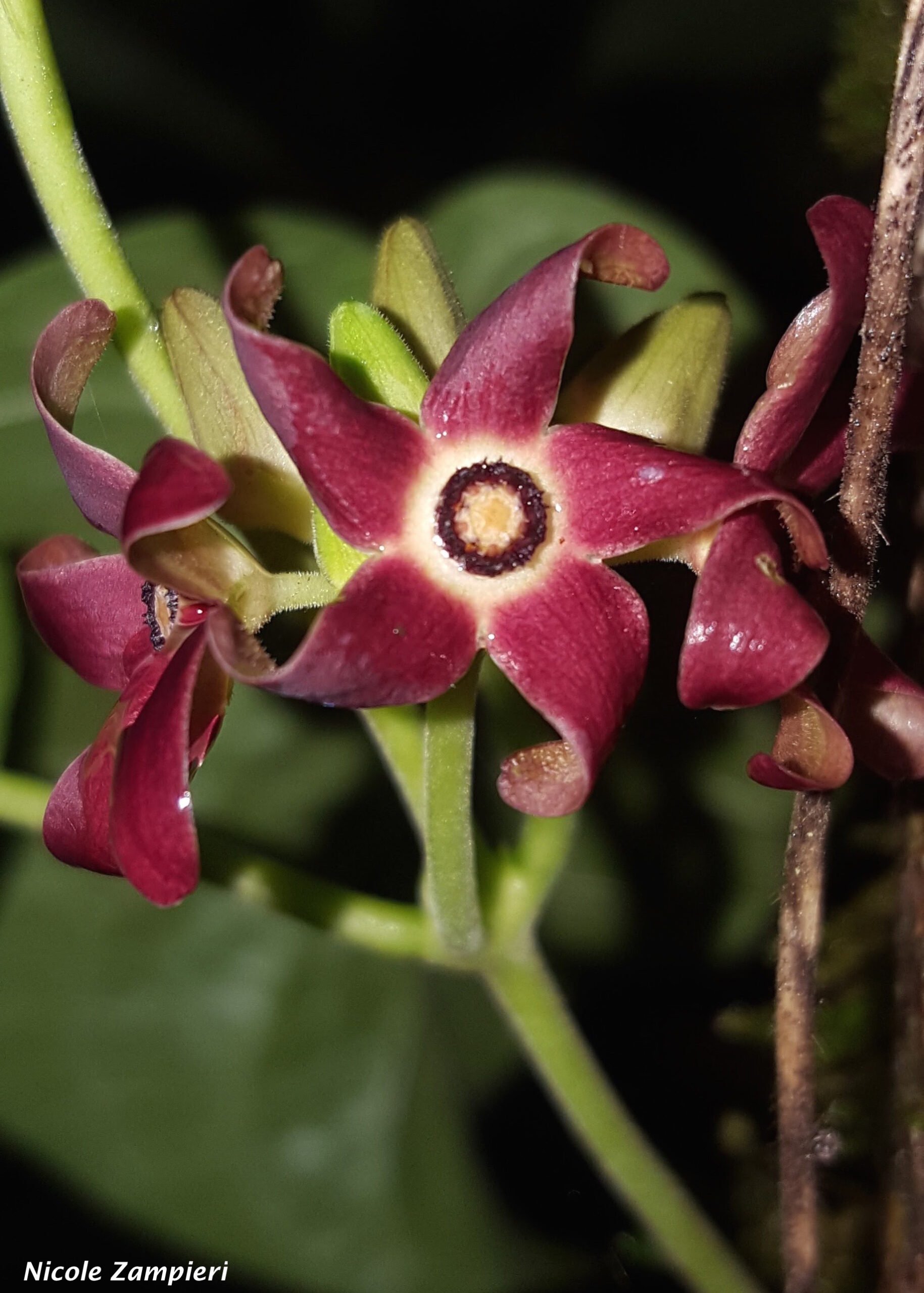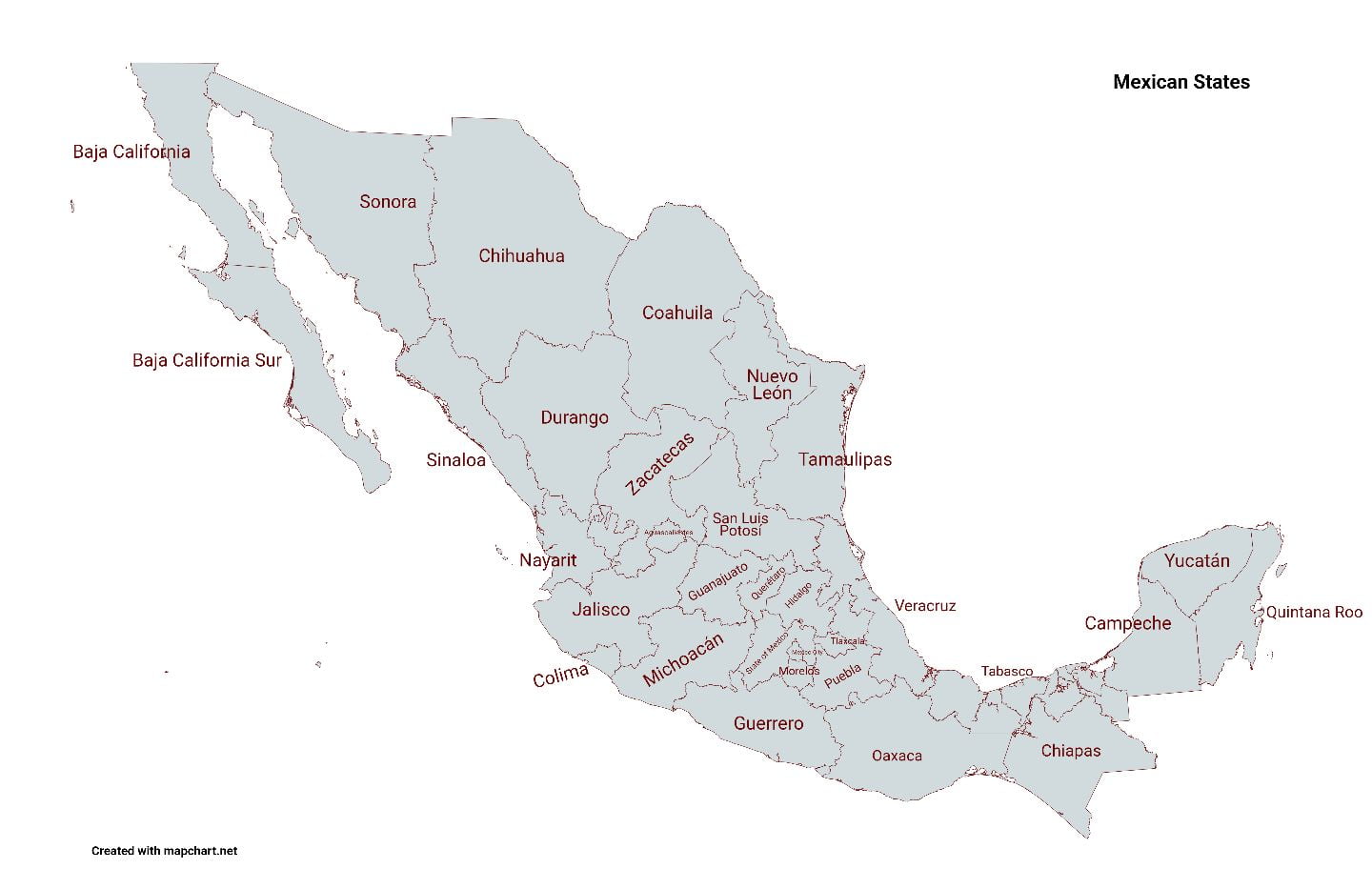The term “monophyletic” refers to a group of organisms that share a single common ancestor, and this common ancestor is included within the group.
Language
Hard or Dormant Seeds
Hard or dormant seeds are seeds that do not readily germinate under optimal conditions that would otherwise be favorable for the germination of non-dormant seeds of the same species. This dormancy acts as a survival mechanism for the plant, ensuring that the seeds don’t all germinate at once, especially under […]
Oaks (Quercus): The Cornerstone of North American Lepidopteran Life
n North America, Oaks (genus Quercus) stand tall not just in stature, but also in their unparalleled role as larval host plants.
Florida Native Palm Trees: Unsung Heroes for Butterfly and Moth Larvae
Florida’s native palms play a crucial role in the state’s ecological balance, especially as larval hosts for several butterfly and moth species.
Growing Swamp Milkweed in Containers or Raised Beds
Growing Asclepias incarnata in containers or raised beds offers a flexible solution for gardeners with limited space or those wanting to control soil quality. Here’s a guide to successfully cultivating Swamp Milkweed in such settings.
Asclepias physocarpa: The Whimsical Balloon Plant Beneficial to Monarchs and More
Asclepias physocarpa, commonly known as the Balloon Plant or Hairy Balls Milkweed, is originally native to southeast Africa. However, due to its unique appearance and benefits to wildlife, it has been introduced to various parts of the world, including North America.
Florida Milkvine (Matelea floridana): A Jewel in the Butterfly Garden
Embracing the Florida Milkvine and other native plants is a step towards a more sustainable, biodiverse, and beautiful Florida.
Regions of Mexico
Mexico is divided into 32 federal entities: 31 states and 1 federal district (Mexico City). The country can be divided into several regions.
